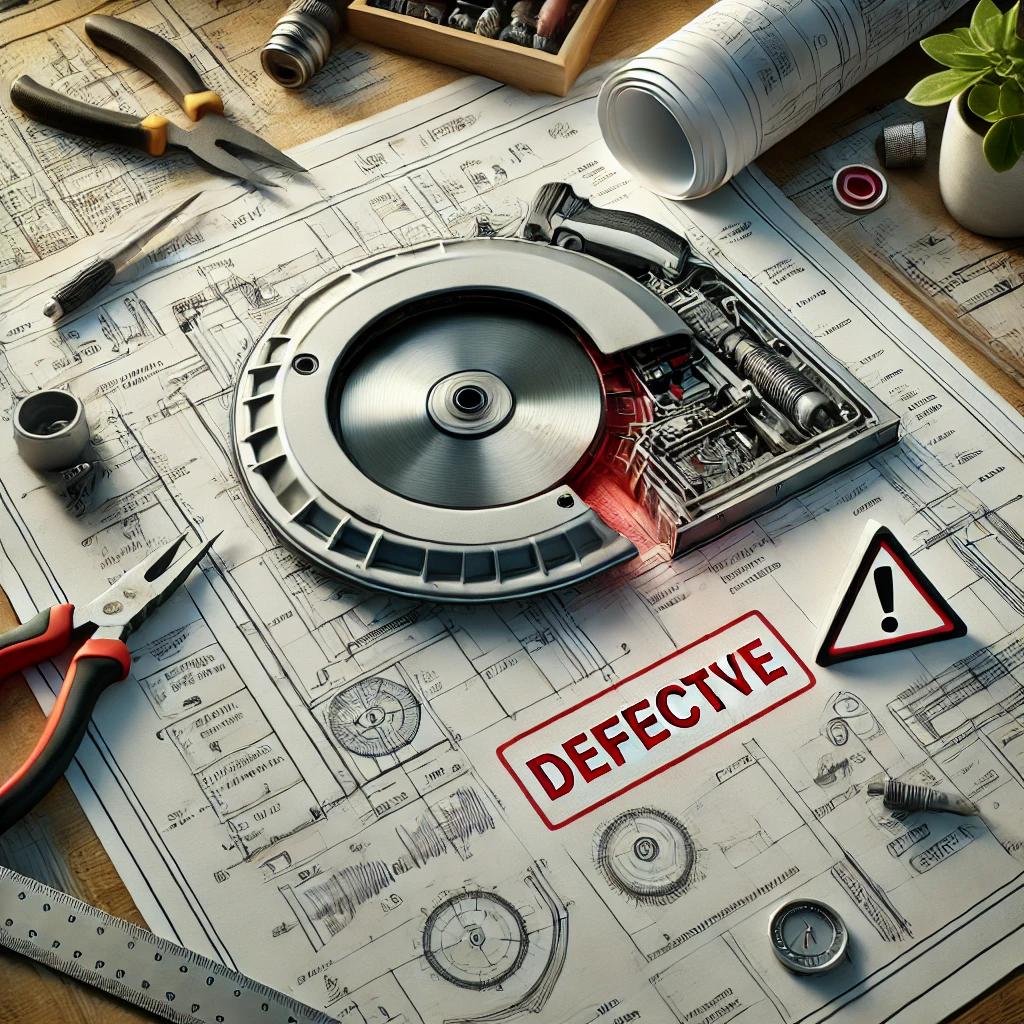When Can an Injury From a Design Defect Entitle You to Compensation?

We’ve seen that the elements of “defective” and “unreasonably dangerous” can be proven by showing a flawed design, or by showing a defect in the manufacturing of the product itself. To fully answer the questions regarding when can an injury from a design defect entitle you to compensation, we’ll explore some of the more compelling legal arguments in this article. The concept of faulty manufacturing is explored in another chapter. Attorney Eric T. Kirk will tell you. A,
The best Baltimore personal injury lawyers trying a strict liability products cases premised on defective design argue that the jury consider several factors in determining if the product was reasonably safe:
- is it likely that the product, as designed, would cause injury, and the severity of that injury
- is the product useful and desirable?
- are there substitutes?
- could the dangerous nature of the product have been changed by the manufacturer
How A Baltimore Personal Injury Lawyer Proves a Design Defect
The Risk-Utility Analysis
This argument compares the risk posed by the product’s design to its benefits. If the risks of harm outweigh the benefits of the design, the product may be deemed defectively designed. A highly-rated Baltimore products liability attorney may posit that a safer, feasible alternative design existed that would have reduced or eliminated the risk without impairing the product’s function or increasing costs significantly.
Example: When can an injury from a design defect entitle you to compensation? It could be contended a lawnmower without an automatic shutoff poses a severe safety risk, but adding a safety switch would be inexpensive and practical.
A Consumer Expectation Rationale
Using this argument, the best Baltimore products liability attorneys may suggest a product is defective if it fails to perform safely in a way an ordinary consumer would expect when used as intended or in a foreseeable way. The danger posed by the product’s design was greater than what a reasonable consumer would anticipate
- Example: A coffee cup designed with a thin wall that shatters under hot liquid is unreasonably dangerous because consumers expect cups to hold liquids safely.
The Lack of Safer Alternative Designs
Using this approach, the very best Baltimore products liability attorneys may contend even if the product was inherently dangerous, the design should be challenged if a reasonable, safer alternative was available.
- Key Argument: “The manufacturer had access to safer design options but failed to implement them.”
- Example: A car without a rearview camera in an era when this technology is affordable and common would face scrutiny for design defects.
Foreseeable Misuse
By choosing this tactic, the most highly regarded Baltimore products liability attorneys contend product may be defectively designed if the foreseeable misuse of the product creates unnecessary risks that could have been avoided.
- Key Argument: “The manufacturer should have anticipated how consumers might misuse the product and designed it to minimize foreseeable harm.”
- Example: When can an injury from a design defect entitle you to compensation? It could be contended a. What if a power drill without a proper hand guard, leading to injury when used at awkward angles.
Industry Standards and Regulations
This seems obvious, and is certainly not lost on the most experienced Baltimore products liability attorneys. A product can be shown as defective if it fails to meet industry safety standards or government regulations regarding its design.
- Key Argument: “The product violated established safety standards, proving the design was unreasonably dangerous.”
- Example: A child’s car seat that fails crash-test standards.
Cost-Benefit Analysis
Plaintiffs lawyers in Baltimore products cases may argue that the cost of improving the design would have been minimal compared to the harm caused by the defective product.
- Key Argument: “The cost of fixing the design was negligible compared to the preventable injuries or deaths.”
- Example: When can an injury from a design defect entitle you to compensation? It could be contended a poorly secured battery in an electric scooter causing fires when reinforced materials would have prevented it at a low cost.
Expert Testimony
This really is not so much an alternative as a requirement. The strongest arguments combine facts with expert testimony and evidence of industry standards is key to proving defective design. Expert analysis is always* needed to explain how the design is flawed, unsafe, or inferior compared to alternatives.
Example: An engineering expert demonstrates how a machine guard would have prevented workplace injuries.
Key Argument: “Experts agree that the product’s design deviates from reasonable safety standards and should have been improved.”



